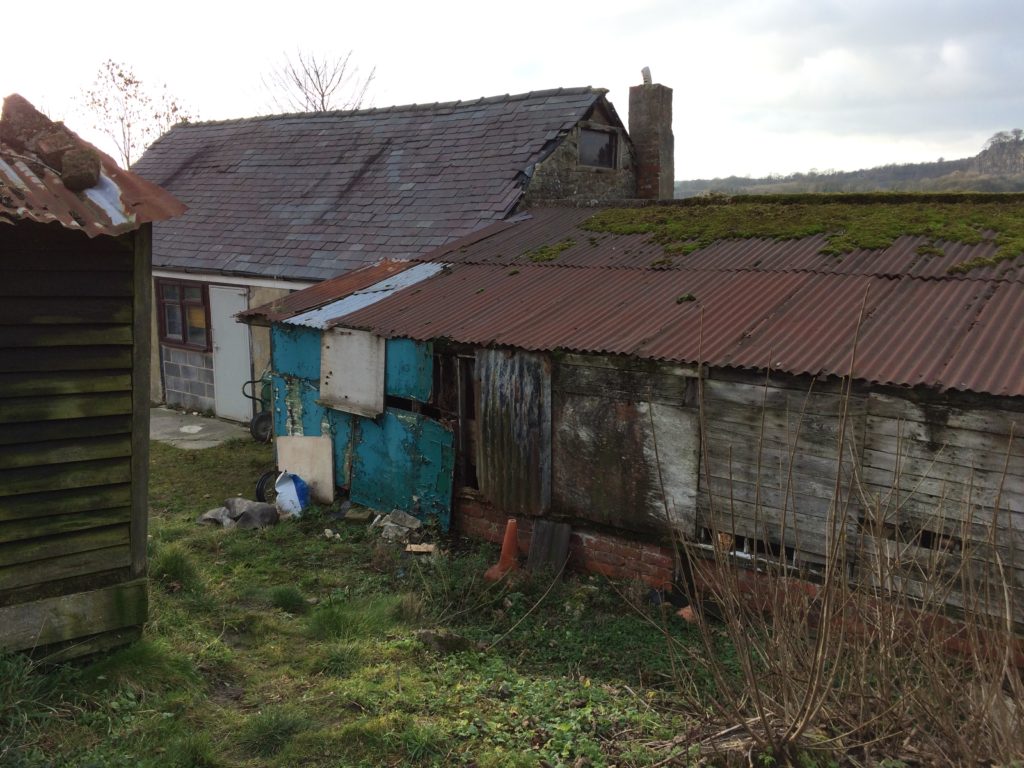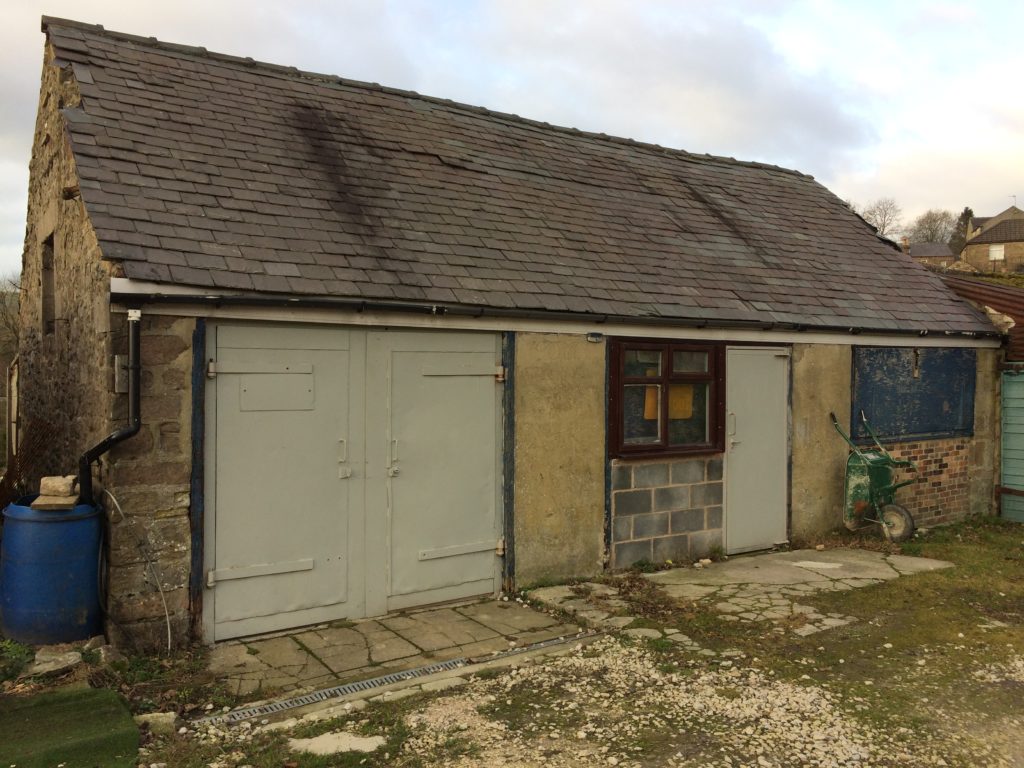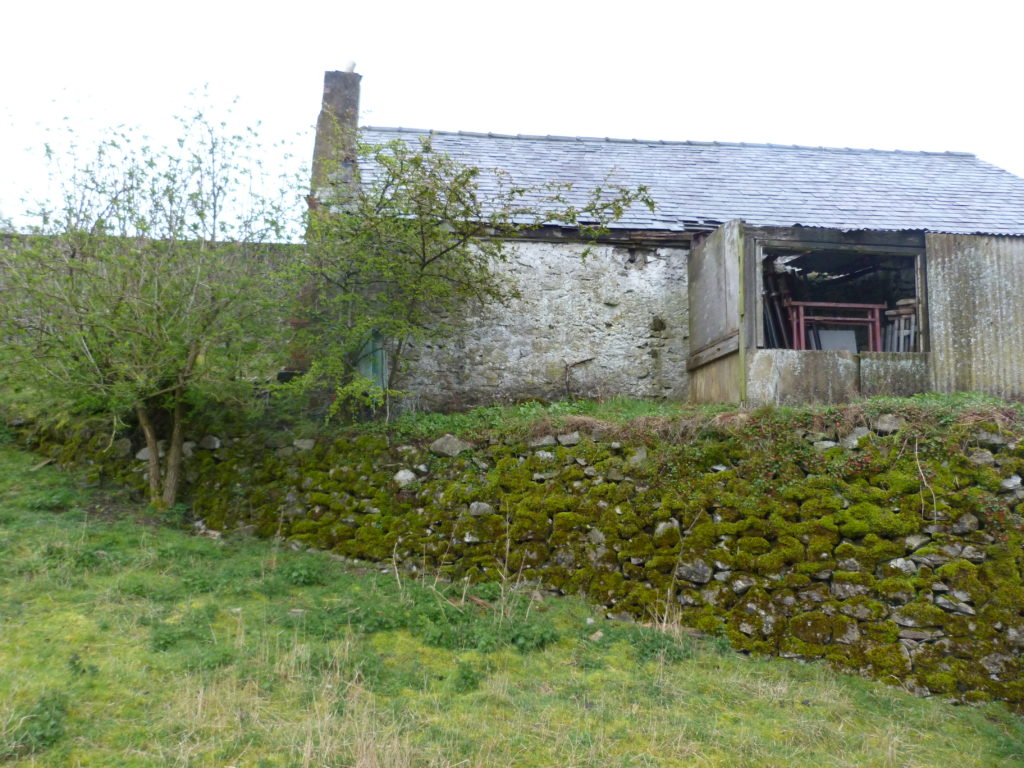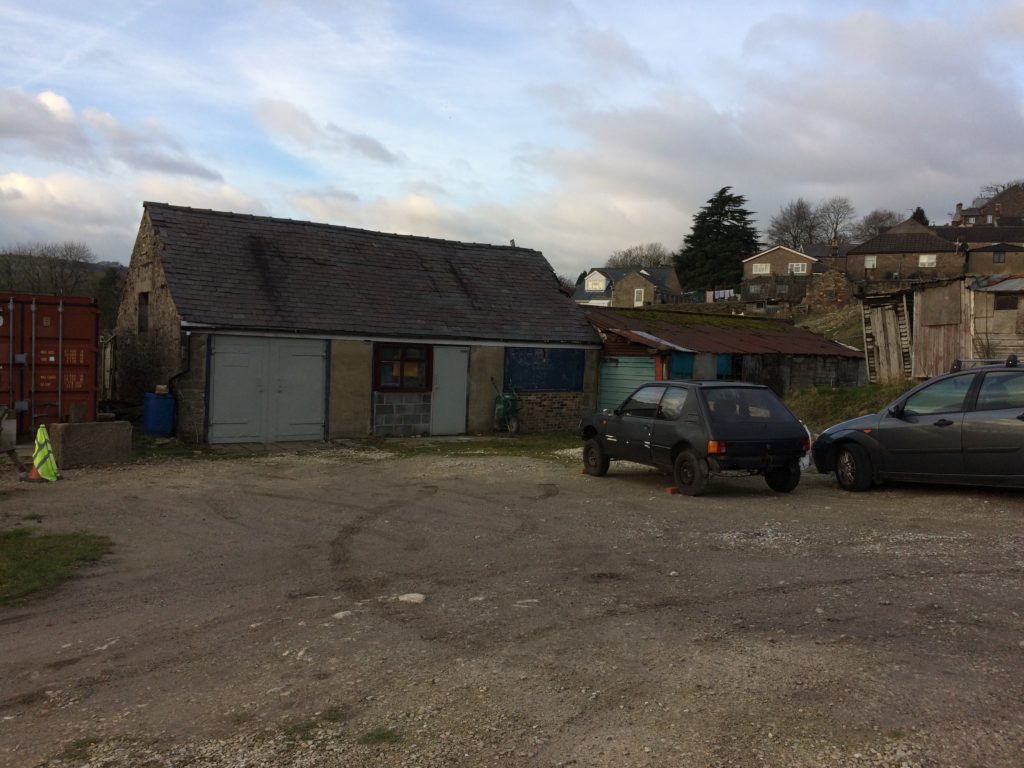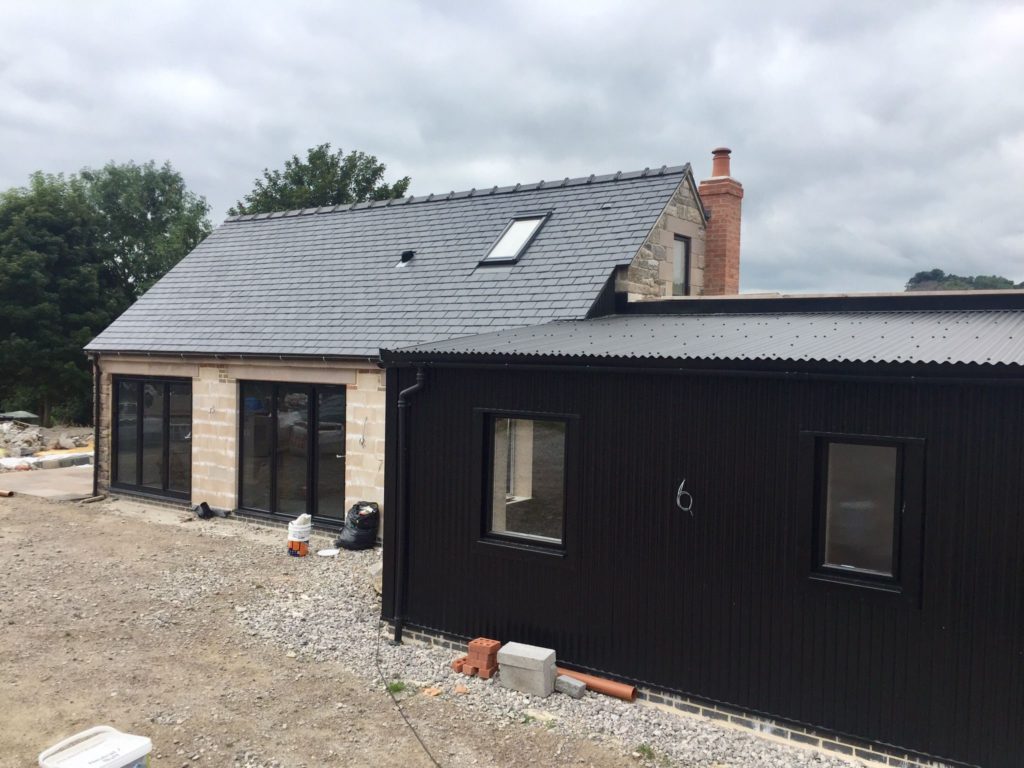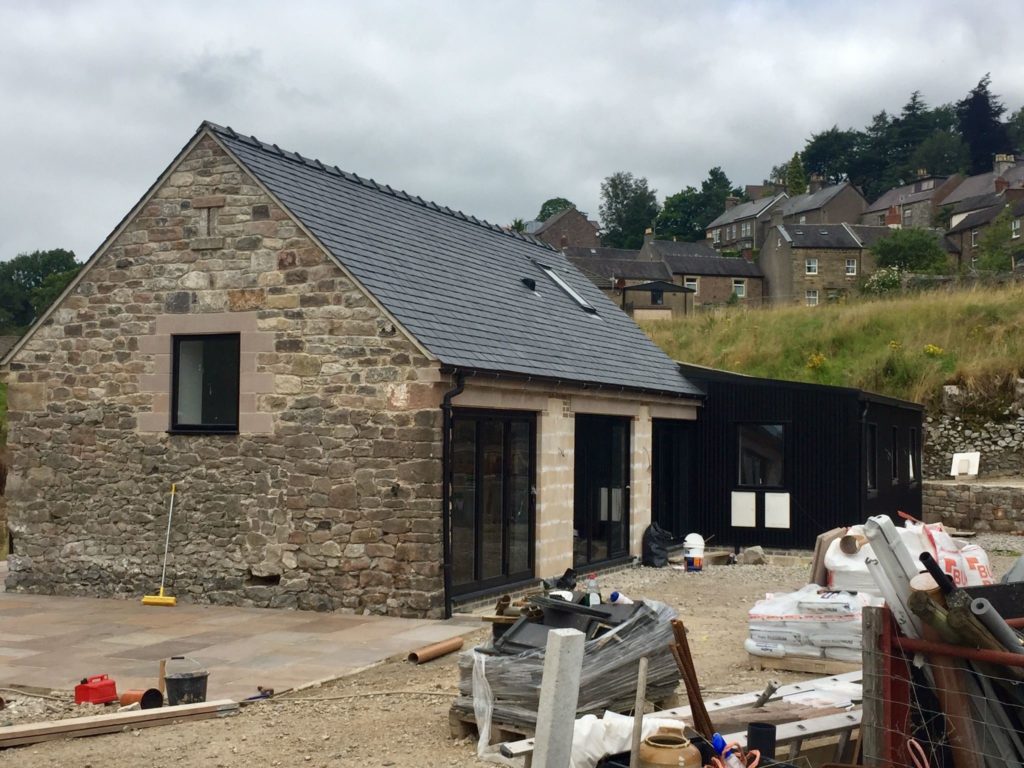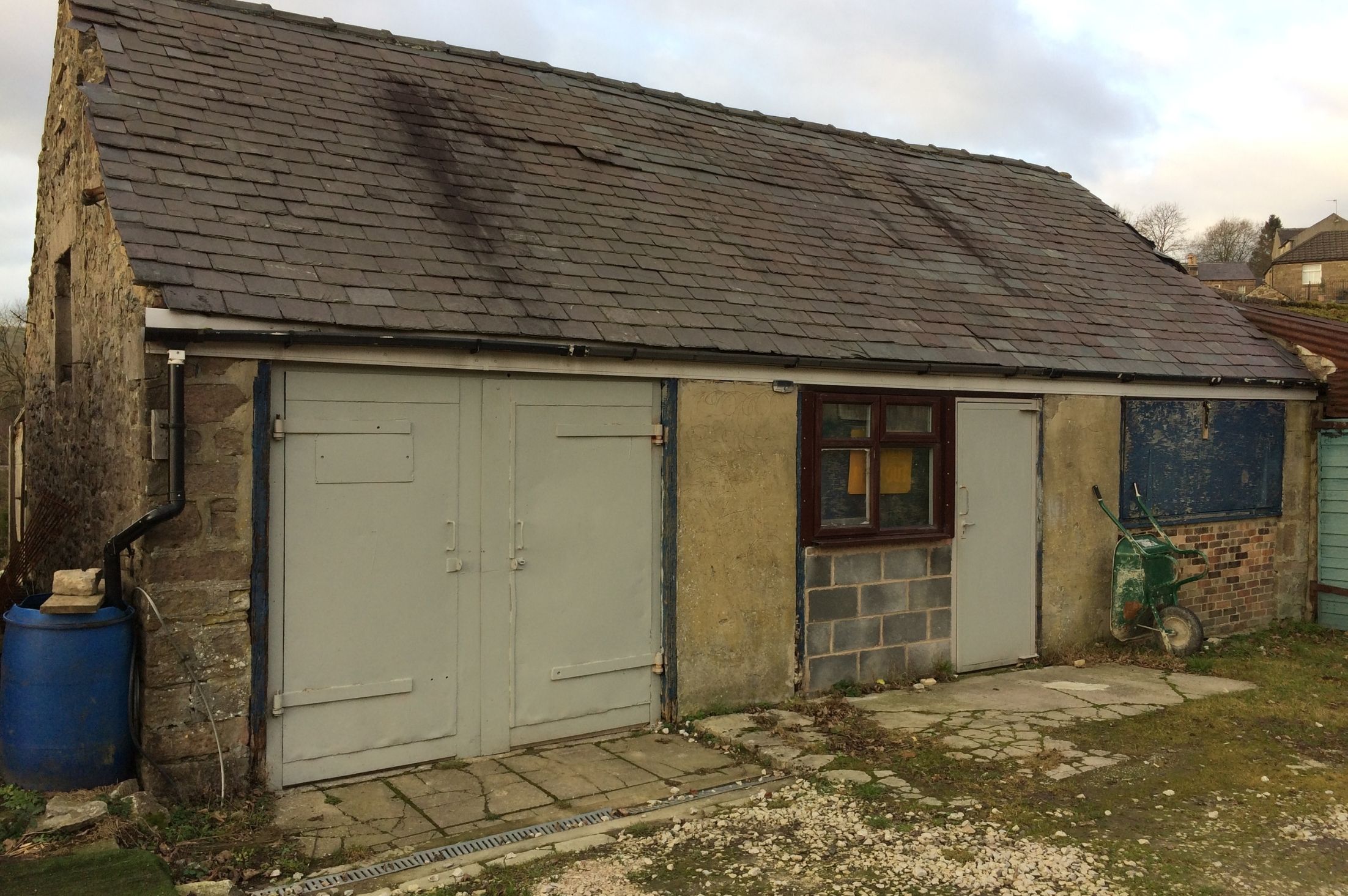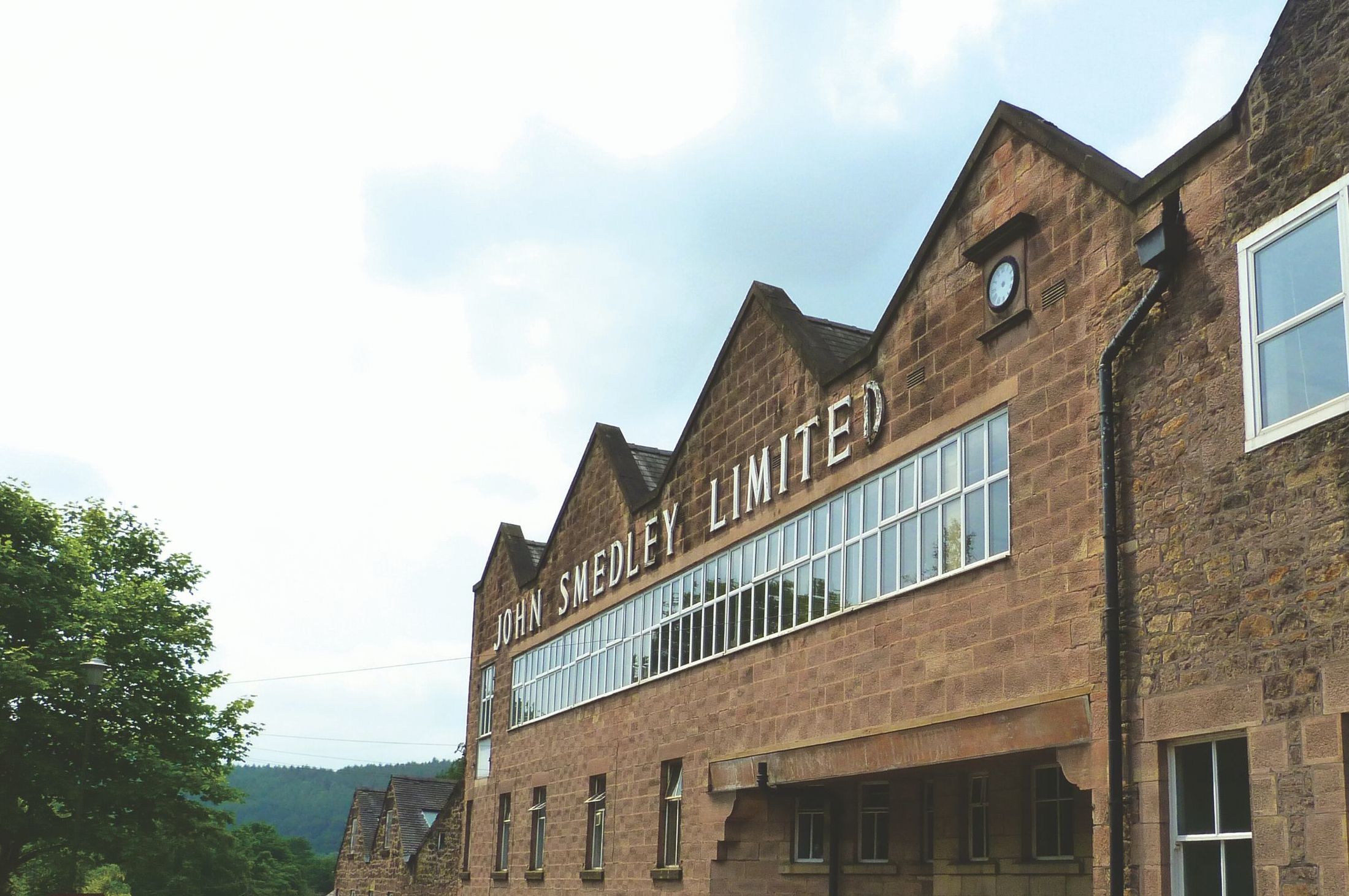Planning & Design Practice Ltd has been successful in achieving planning permission for the restoration and conversion of a historic mine building with links to two very rare minerals in Cromford, just outside Wirksworth. The site consists of a former miner’s building which is currently in use as a storage building. The building is historically connected with Bage Mine, a highly productive former lead mine. The mine was worked from at least the mid-18th Century – and very probably much earlier – through to circa 1910, yielding a total tonnage of lead ore (galena) that was only exceeded (in the Derbyshire ore field) by Millclose Mine. The mine is also the source of two very rare lead minerals, matlockite and cromfordite, both of which were first identified from this site.
The building itself, according to a document on the Peak District Mines Historical Society website is a former store shed built in connection with the mine. As can be seen from the photographs, in its current state, particularly with the way the front elevation has been rebuilt in different materials, it is considered that the building makes no positive contribution to the character area and its future was in doubt unless a viable future use could be found. Working with the planning authority and conservation officer, our proposal was designed to ensure that the traditional and simple industrial/workshop character of the building was retained, constituting a sensitive conversion of the building. The rebuild element to the north of the building will have a simple industrial character, again ensuring it is sympathetic to the site. The result will be a tasteful 3 bedroom dwelling finished in a combination of traditional limestone, black corrugated metal cladding and render.
We look forward to seeing the converted building in use in the near future.
Obtaining planning permission can provide you with that dream home in the countryside or maybe the way of life you have always dreamt of.
It can also bring about significant gains and help to maximise the value of your rural property. However, development in the countryside is subject to strict planning controls which can make obtaining planning permission very difficult. We have vast experience of working on rural projects for homeowners, landowners and farmers in rural areas including agricultural dwellings and occupancy conditions, farm diversification schemes and Class Q barn conversions. Please don’t hesitate to contact us for a no obligation consultation to discuss a particular building or project.
Richard Pigott, Director, Planning & Design Practice Ltd
